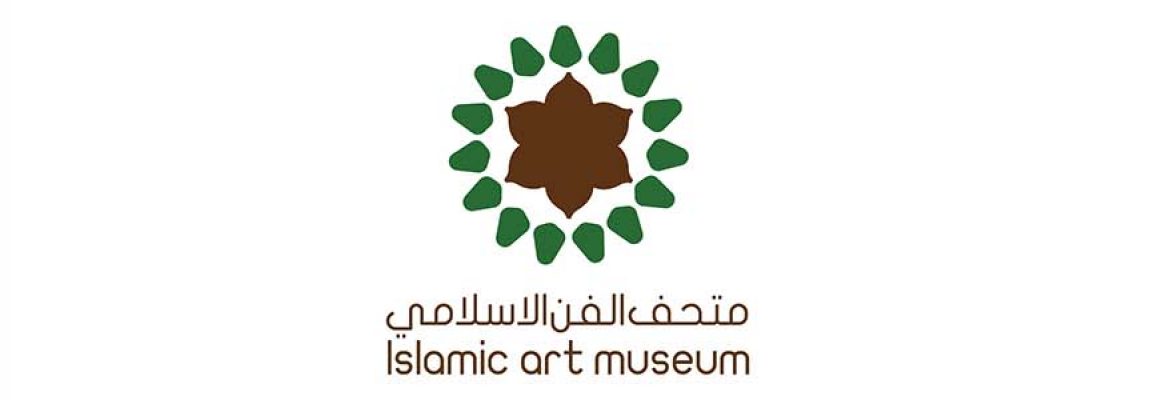Al Faisal Arabic and Islamic Arts Museum
Al-Faisal Museum for Arab-Islamic Art showcases collections owned and preserved by King Faisal Center for Research and Islamic Studies (KFCRIS). The Museum preserves human heritage and enriches academic and cultural scenes by providing its visitors with a space and resources to find inspiration, delve into the past, and broaden their horizons, as well as encouraging a dialogue between scholars, intellectuals, artists, designers, and anyone with an inquisitive mind. The Museum undertakes four key functions: managing collections, curation & research, conservation & binding, and exhibitions & events.
RIYADH: The Al-Faisal Museum for Arab-Islamic Art reopened in Riyadh, following renewal work, with a new exhibition showcasing 36 rare manuscripts from a collection of more than 28,500.
The exhibition is titled Asfar: Treasures of the King Faisal Center for Research and Studies. Prince Turki Al-Faisal, chair of the museum’s board of directors, said during a reopening ceremony on Sunday that the new exhibition aims to acquaint visitors with some of the most “outstanding” manuscripts and printed works owned by the center. It was inaugurated by Prince Mohammed bin Abdulrahman bin Abdulaziz, the deputy governor of Riyadh, who emphasised the importance of Arab-Islamic heritage and praised the work the center is doing to help preserve it.
The 36 manuscripts on display are divided into six thematic chapters: The Journey of Knowledge, Millennium-Old Manuscripts, Women and the Endowment of Knowledge, By the Author’s Hand, Rare Manuscripts, and Gutenberg’s World.
The exhibits include: “Kalila and Dimna” (1346), which contains ancient animal fables translated into Arabic by Ibn Al-Maqaffa and is believed to be the second-oldest version in the world; a 14th century edition of the Qur’an from Cairo, written during the Mamluk era; a copy of only the second edition of the Qur’an printed in Europe, dating from 1694 (the first copy of the Qur’an in Europe was printed in Venice in the 15th century); “The Description of Egypt” from 1809, one of only five copies of the first edition of the encyclopedia; and a copy of “Book of Lessons” (“Kitab Al-Ibar”), written in 15th century Cairo by Ibn Khaldun, a prominent Muslim intellectual, that contains the author’s handwritten comments.
The Museum now includes 92 examples of Arab-Islamic art under the title Narrative of Arab-Islamic Civilization. Another exhibition, Takwin: Sciences and Innovation, showcases manuscripts related to scientific fields.
The museum is open Saturday to Thursday, from 9:00 a.m. to 9:00 p.m. Admission is free.


